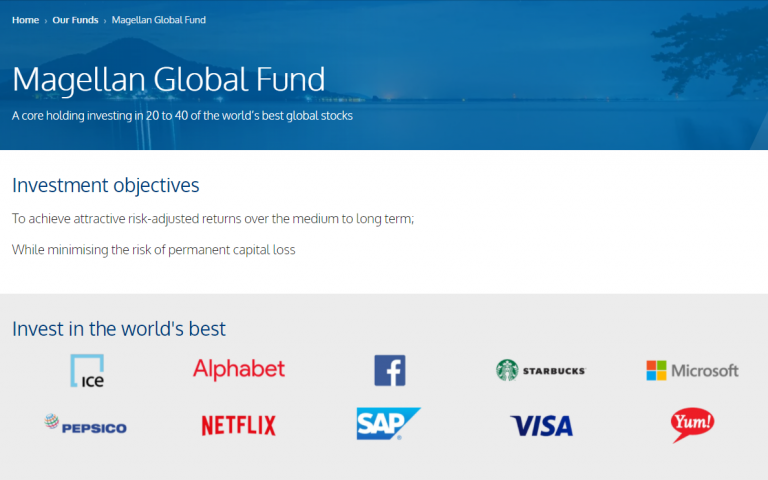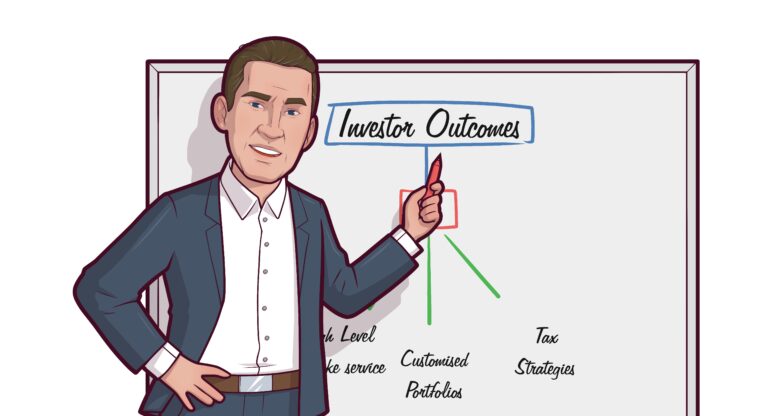The RBA cut rates as expected yesterday.
The new Overnight Cash Rate is 4.10%. Banks were quick to announce when they would pass it through to mortgage holders.
But are there more to come, or was Michelle Bullock serious when she said that inflation is still of concern?
While all the news outlets were quick to tell you about the rate cut, no one talked about how the bond market reacted.
Bond yields are not controlled by the Reserve Bank, except for that period during COVID when they RBA targeted bond buying to pin the 3 year bond rate at 0.10%. No, bond prices, and hence the interest rate, or ‘yield’ on bonds is dictated by willing buyer and willing seller in the open market.
Well, a funny thing happened yesterday.
Bond ‘yields’ went up. Yes, on the same day that the RBA cut rates by one quarter of a percent, the interest rate on a 2 year government bond went from 3.86% UP to 3.96%. Weird huh? In fact, since the low early in February, the yield on a 5 year government bond has actually risen by 25 basis points or 0.25%!

Just when you would have thought that rates, both short and long term, would have been coming down, the longer term rates are going up.
Here is a longer six month snapshot of the 2 year, 3 year, and 5 year government bond rates showing how volatile they can be.

What is that telling us?
Don’t get too complacent. A deep rate cutting cycle has rarely ever begun with the unemployment rate as low as it is, and with wage demands still strong. Sydney train drivers are evidence of that. Some commentary was that Michelle Bullock was cornered into providing a rate cut reluctantly.
How did the cut affect term deposits?
Yesterday (18th of February) I ran an interest rate search on one of our Term Deposit Platforms.
The best 12 month rate (for a Company) before the RBA announcement was 4.75% with Heartland Bank. Today, 19th of February) the rate with Heartland is 4.70%. A drop of only 0.05%/
On 18 February the rate for 12 months with Macquarie was 4.35%. On 19 February, post announcement the rate was still 4.35%.
What’s the point?
There is an old saying in financial markets. Buy the Rumour, Sell the Fact! Yes, when 90% of economists are predicting something, it often gets baked into prices well before the actual event.
There is also something to be said about the fact that we remain in a period of Fear, Uncertainty and Doubt. Trimmed Mean Inflation (which excludes one-offs like government electricity rebates) is still at 3.2% over the last 12 months. The uncertainty of Trump 2.0 and his economic experiments remain a concerning factor in global trade, and hence inflation. So the bond market participants are still demanding some premium for lending for these longer periods, and that is why bond rates have not immediately followed the RBA cash rate lower. Don’t get me wrong, if the economy starts to crack, and unemployment starts to rise, those bond yields will come down, and prices will go up. But at the moment, the market players are not convinced that the inflation genie is back in the bottle.


